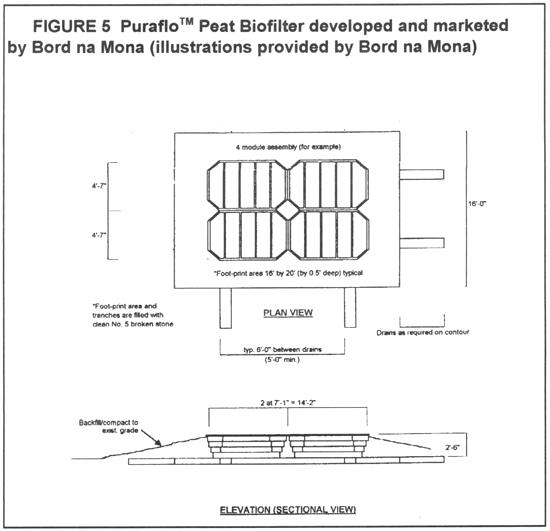Which system is best for you?
The selection of a septic system is dictated by water usage and site characteristics. As septic technology advances, older systems are slowly replaced and cycled out of the market. This is an overview of the different septic systems that we frequently install or replace, and provide guidance in our selection process.
outdated Systems
Outdated and under performing septic systems will ultimately lead to failure and contamination problems. Two common systems are drywells and cesspools. These systems collect property wastewater in an underground chamber, and offer little to no treatment before leaching into native soil. When the site characteristics of a client's property limits the use and implementation of a dispersal field and the existing drywells must be used, we use other means to pretreat and disinfect the wastewater before it flows into the legacy system. This successfully achieves sanitation levels in more complex situations.
Schematic of Cesspool
“A number of systems relying on outdated and
underperforming technologies (e.g., cesspools,
drywells) still exist, and many of them are listed
among failed systems.”
eq36 infiltrators
Infiltrators are one of the most common technologies we use for dispersal fields. They create an area conducive for water infiltration and leave air pockets for microbial gas exchange. These can be installed as standard trenches or mound systems. Mound system are required when the soil on the property has poor percolation rates and/or a high groundwater table.
peat biofilters
This emerging technology percolates water through a compact unit of peat fiber composed ofroots of bog cotton and bog sedges. The composition of the fiber is conducive for specialized bacteria to break down and digest the harmful components of wastewater. Effluent from the filter is clean and safe for the environment, and allowed to disperse into native soils.
Clarus fusion
The Fusion series offers a sophisticated solution to wastewater treatment. Effluent quality from the Fusion will meet or exceed secondary treatment standards; all in one compact unit. The easy installation and need for little space makes the Fusion a practical, efficient, and clean choice for homeowners when there is little room for a dispersal field. They are also common on sensitive sites, like lakefront properties, when wastewater is dispersed near drinking water sources.






